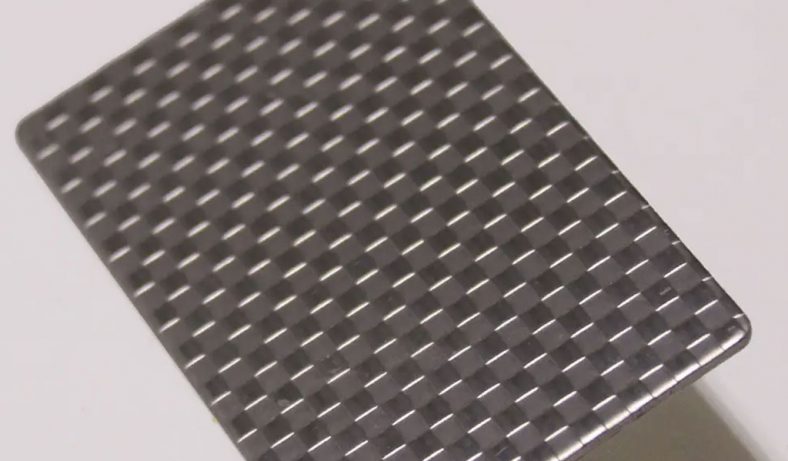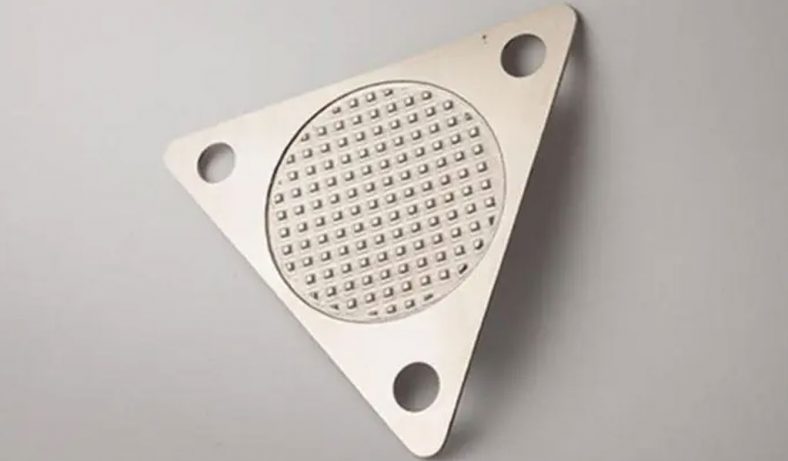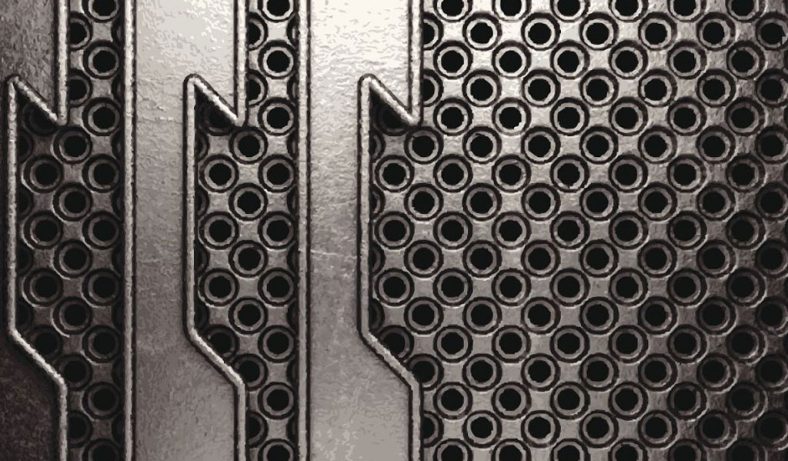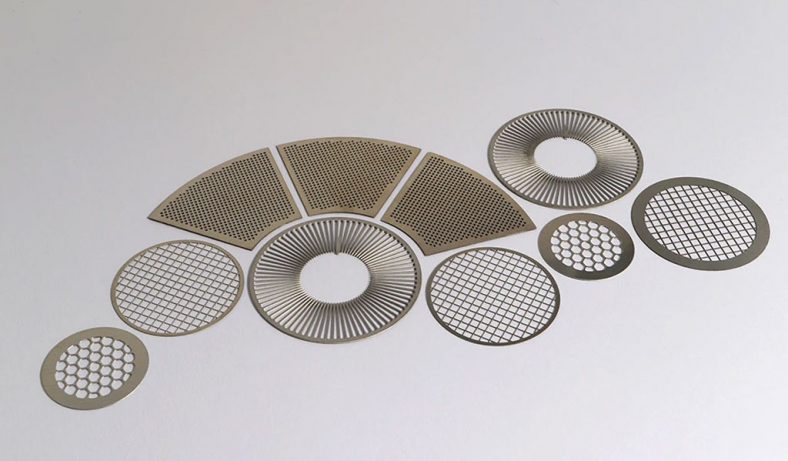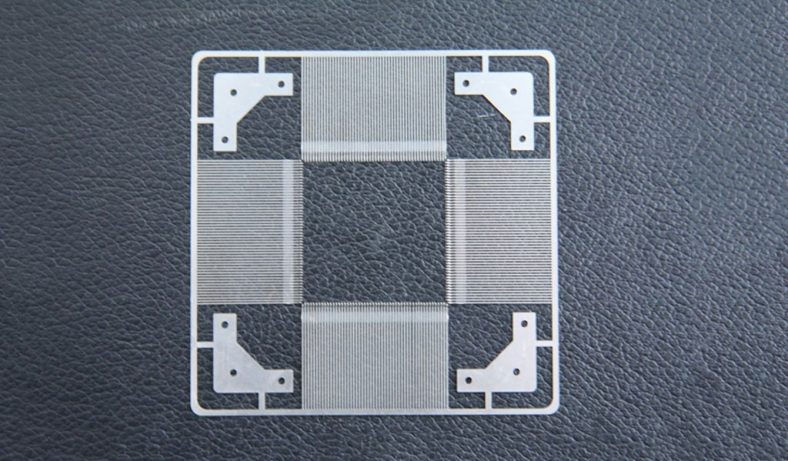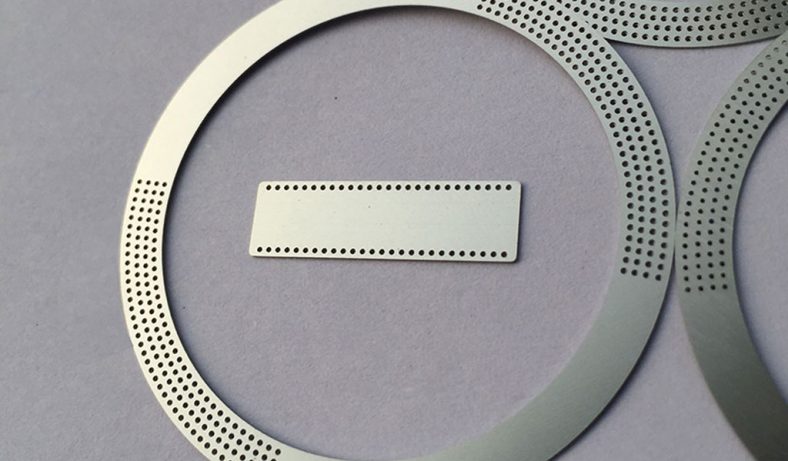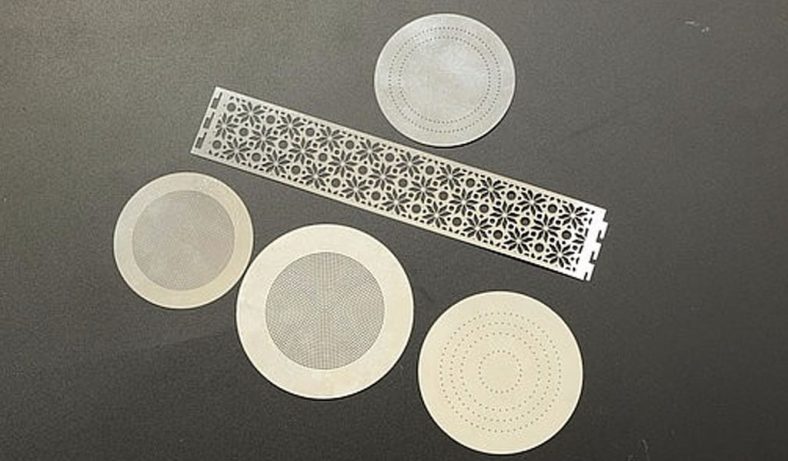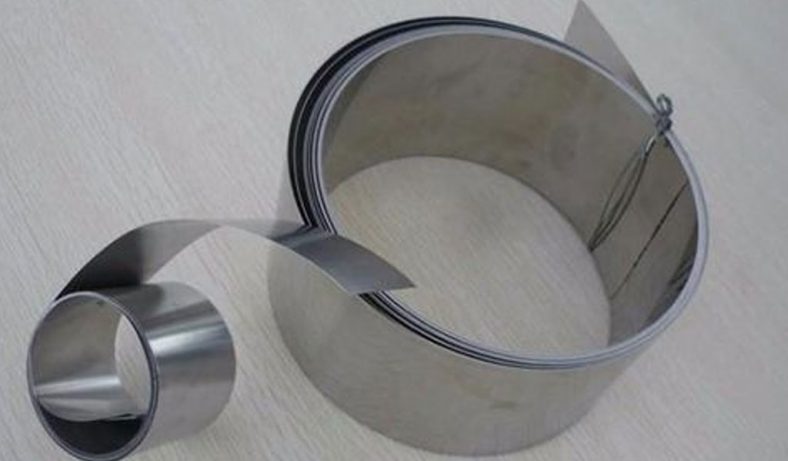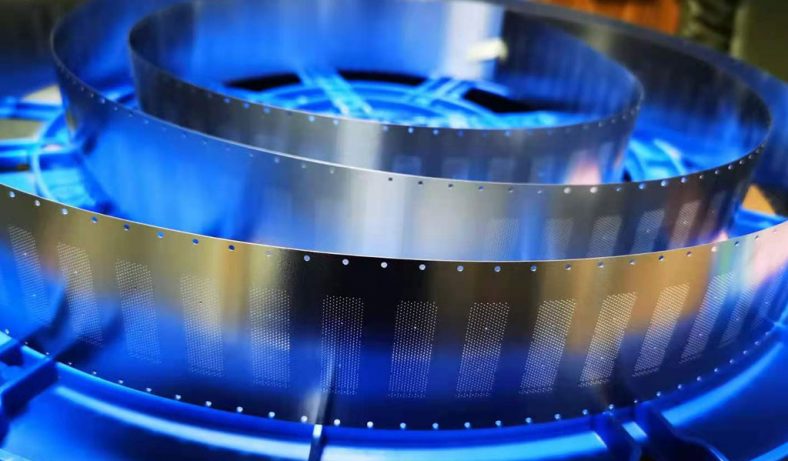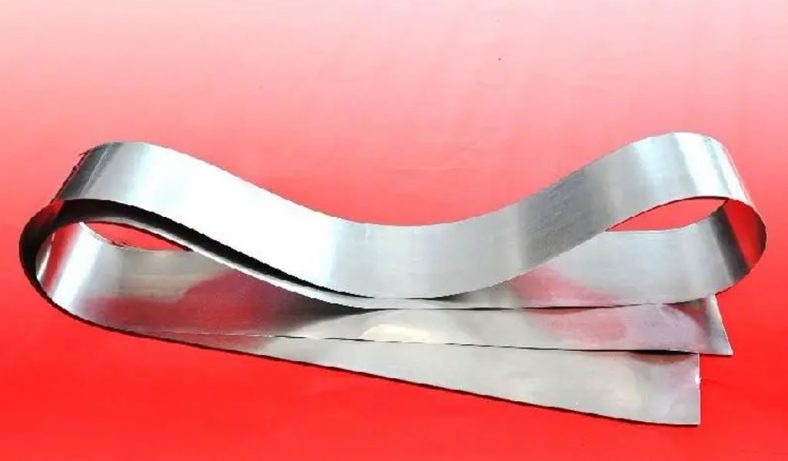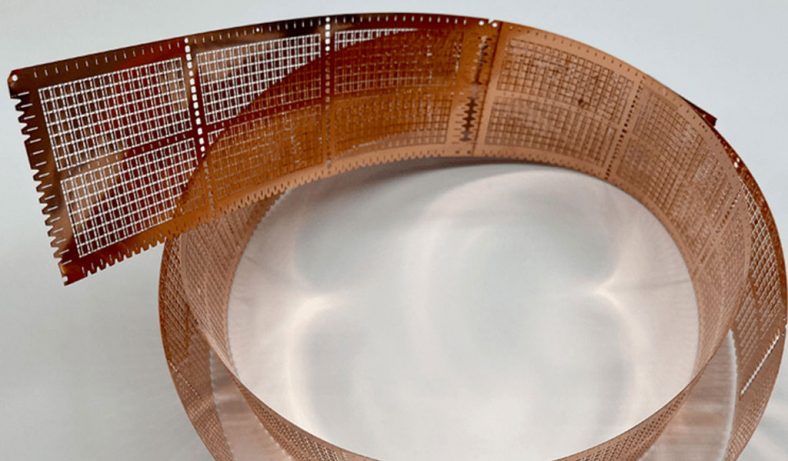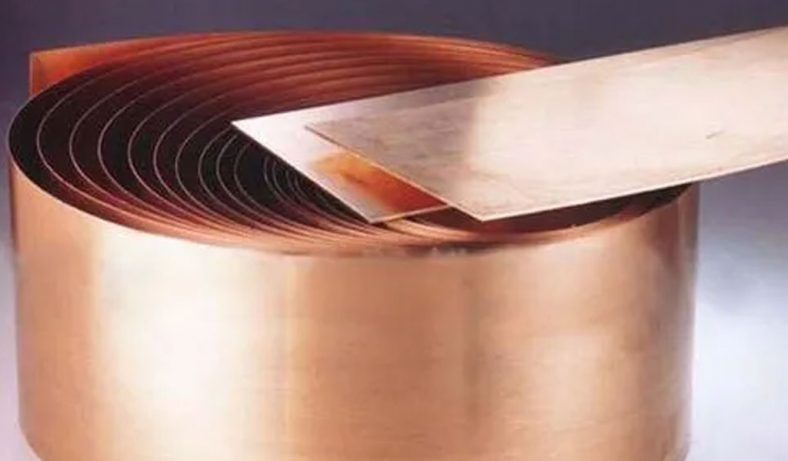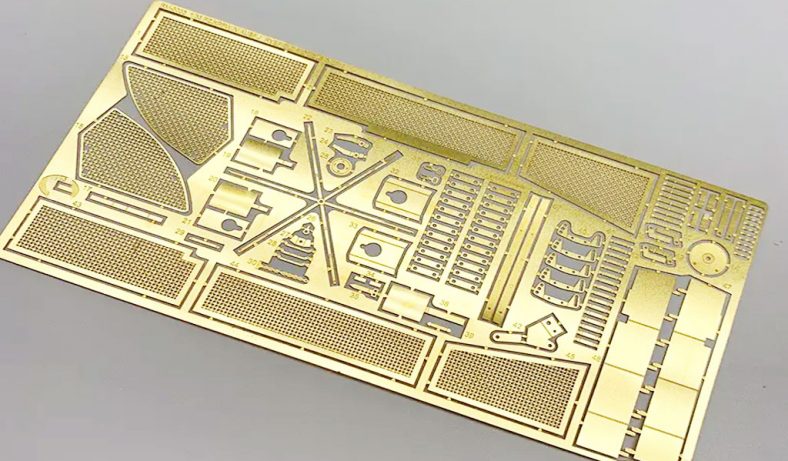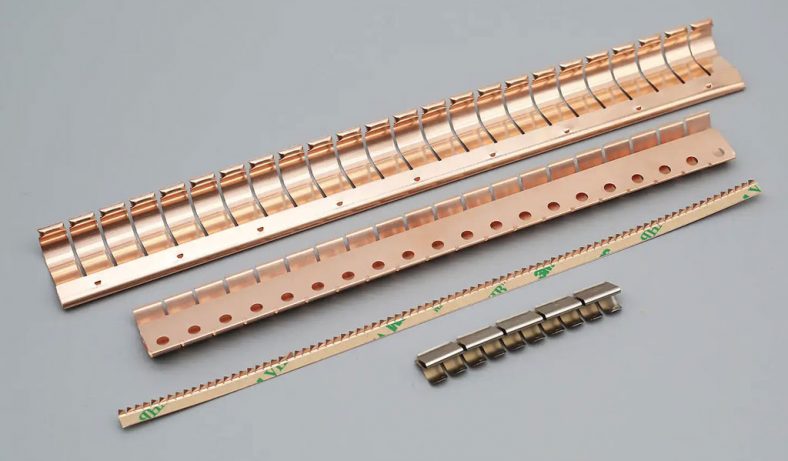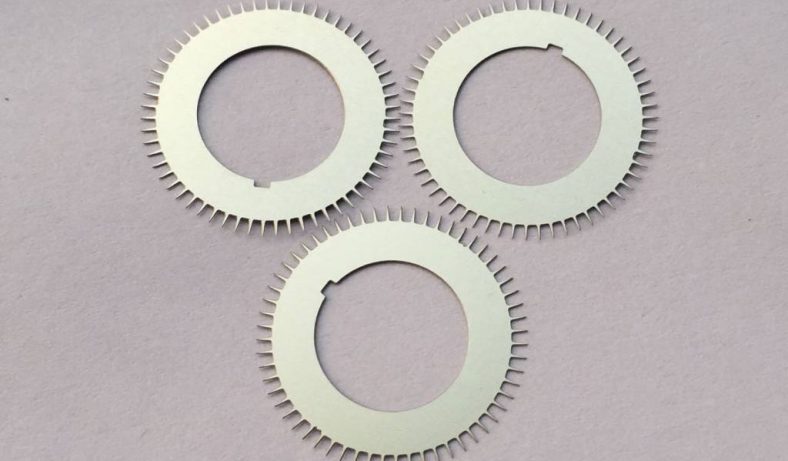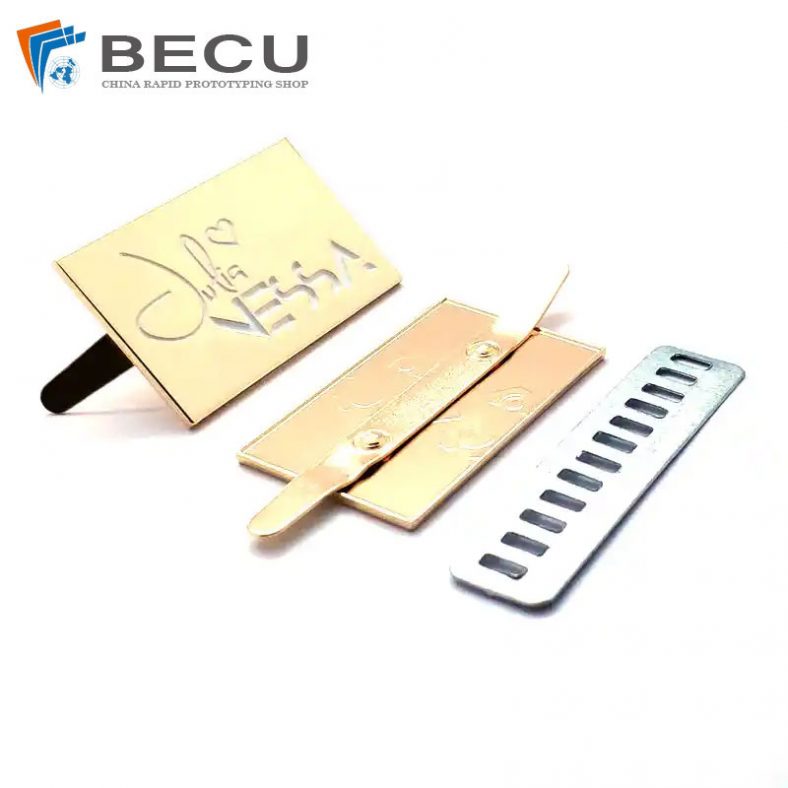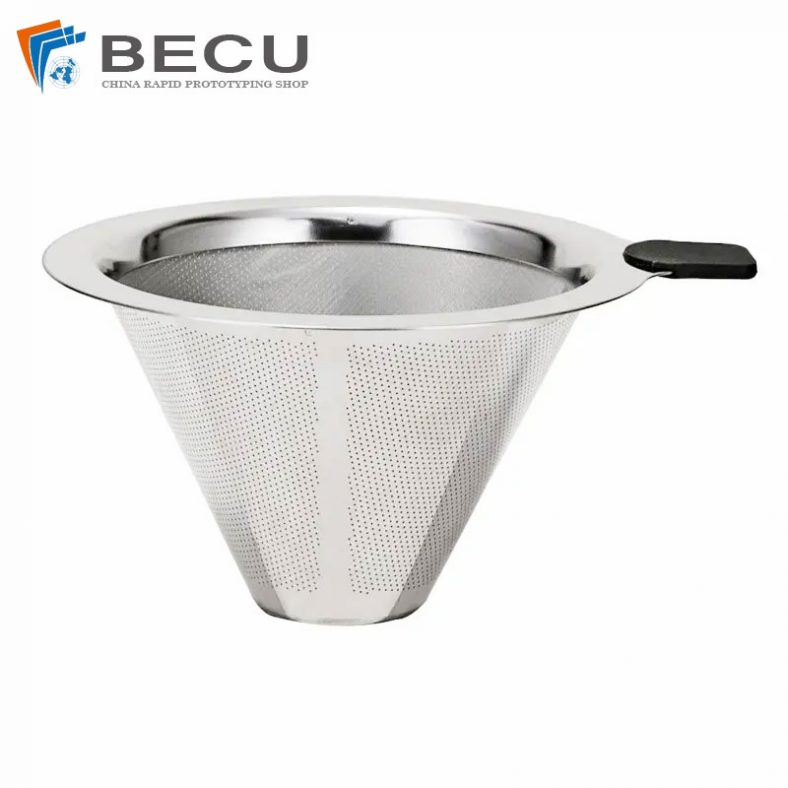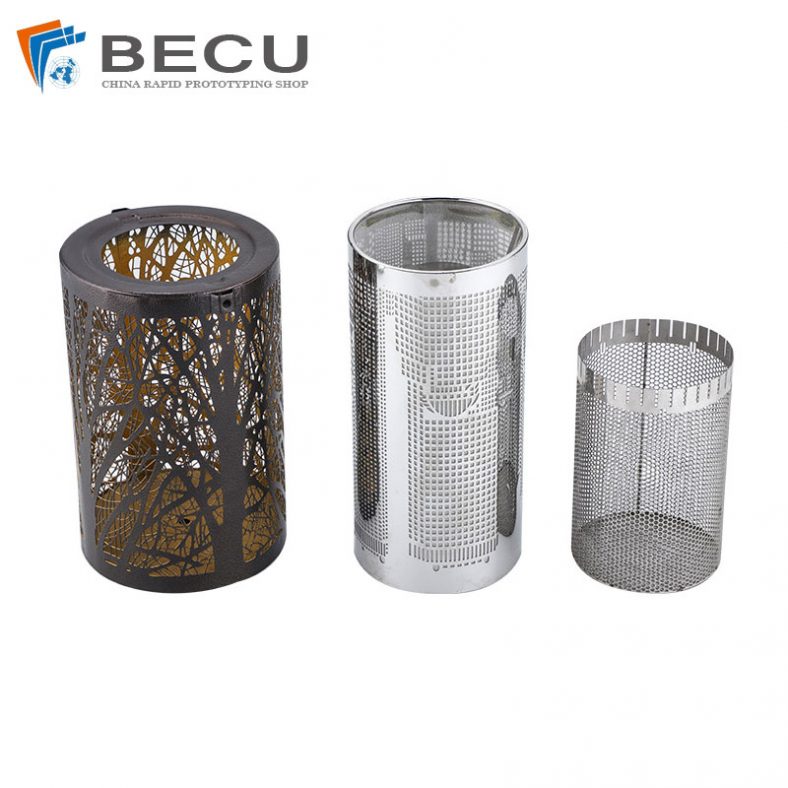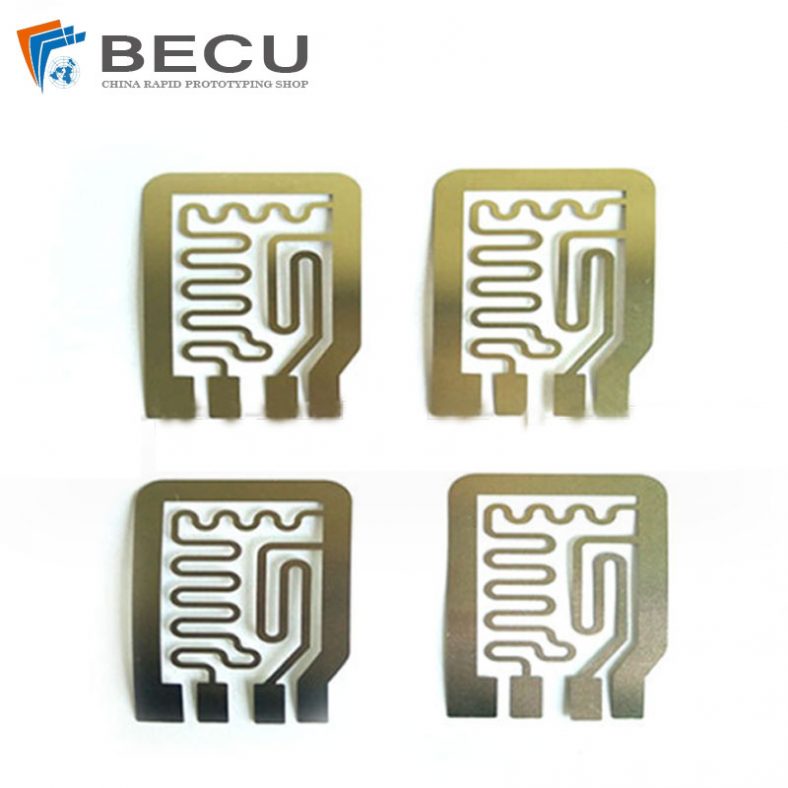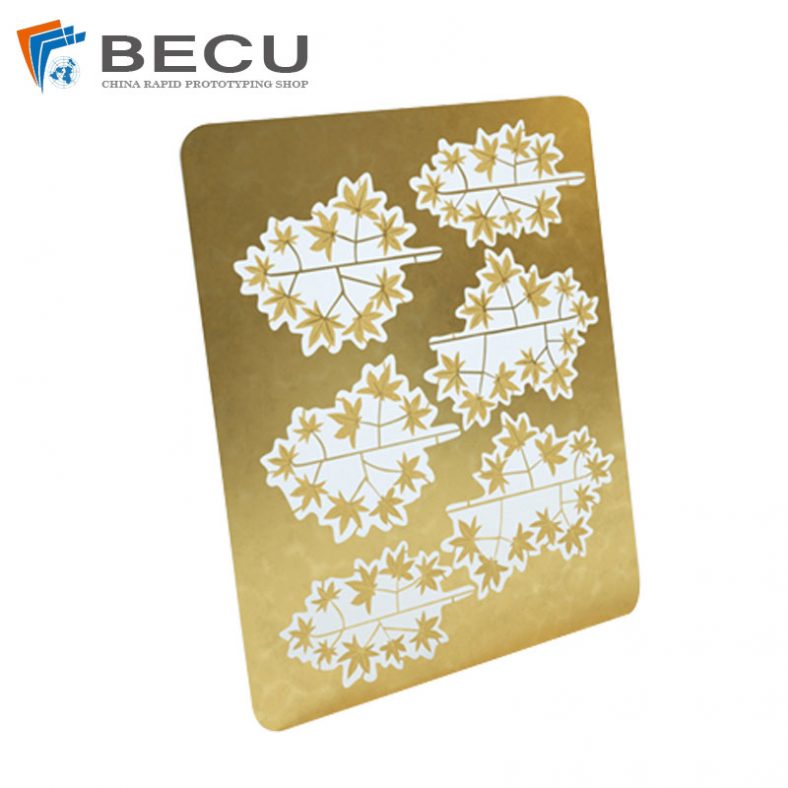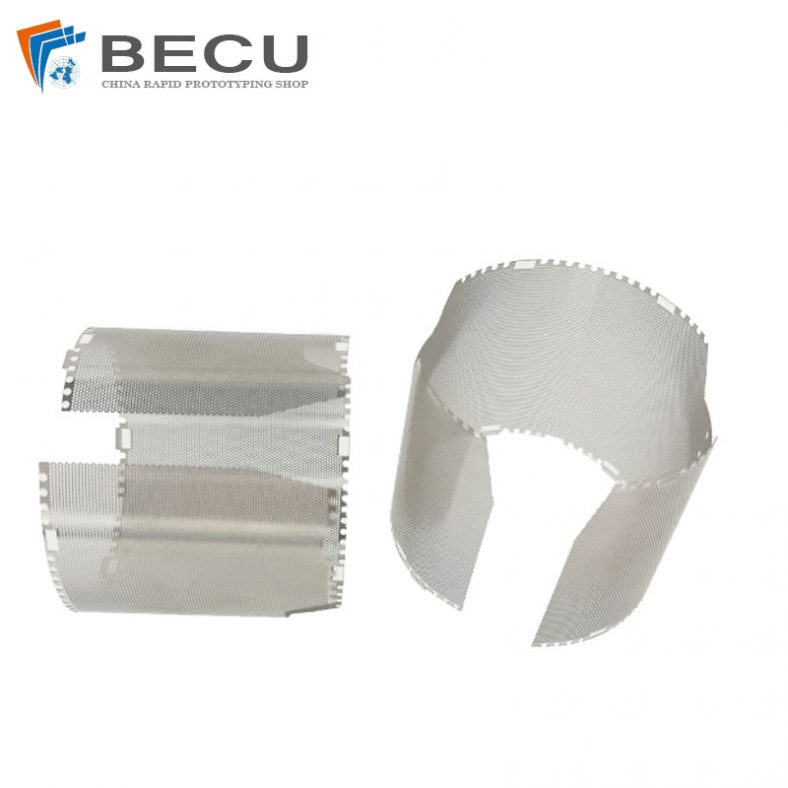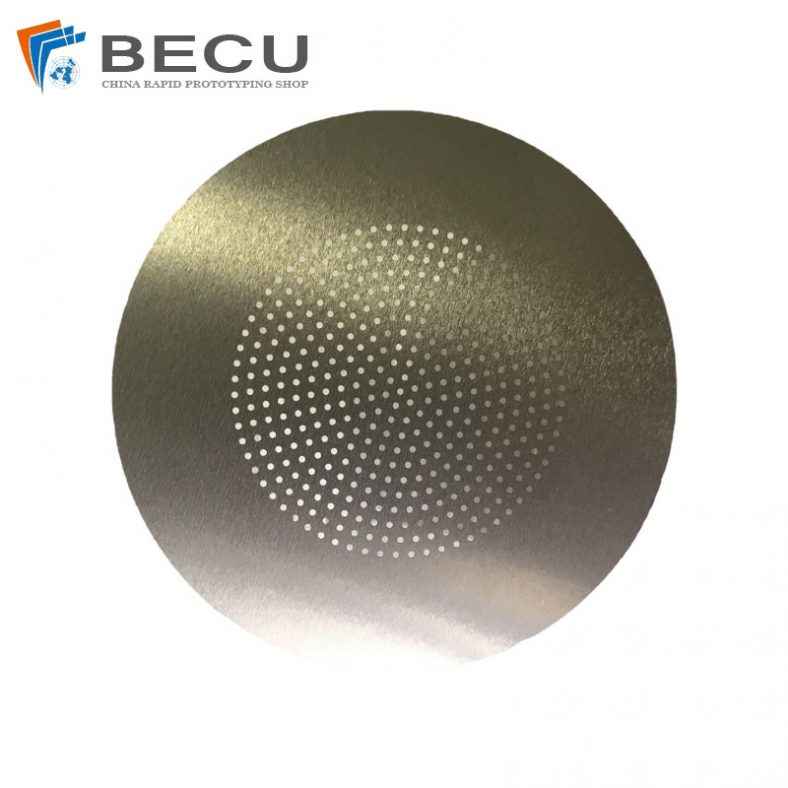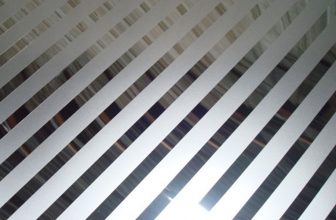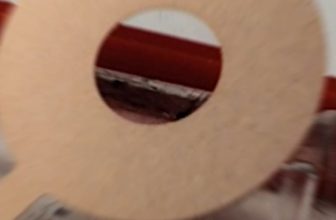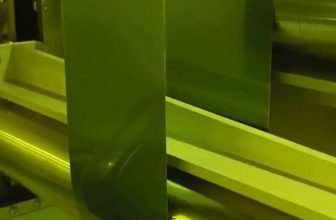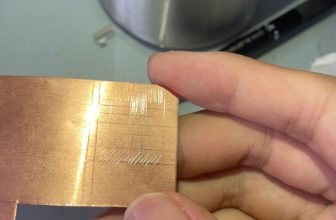Metal etching plays a critical role in the HVAC (Heating, Ventilation, and Air Conditioning) industry by providing precise and durable components essential for system efficiency and longevity. This manufacturing process involves selectively removing material from metal surfaces to create intricate patterns, fine details, and high-tolerance parts used in heat exchangers, filters, sensors, and structural components.
Fundamentals of Metal Etching
Metal etching is a subtractive manufacturing process that removes layers from a metal surface using chemical, electrochemical, or physical means. The most common methods applied in HVAC applications include:
- Chemical Etching: Involves the use of acids or alkalis to dissolve metal selectively.
- Electrochemical Etching: Uses an electric current combined with a chemical electrolyte to remove material.
- Laser Etching: Employs high-energy laser beams to ablate metal surfaces, creating precise and repeatable patterns.
- Photochemical Etching: Utilizes light-sensitive photoresist masks combined with chemical etchants to produce complex designs.
Metal Etching and HVAC Component Manufacturing
The HVAC industry requires precise and corrosion-resistant metal components. Etching provides superior design flexibility for manufacturing the following critical HVAC parts:
1. Heat Exchangers
Heat exchangers are essential for thermal management in HVAC systems. Etched metal plates, typically made from stainless steel or aluminum, enhance heat transfer efficiency by creating optimized flow patterns. Micro-channel designs, achievable through photochemical etching, improve surface area contact and fluid distribution.
2. Air Filters
Metallic air filters, particularly those used in industrial and high-efficiency systems, benefit from precision etching. Stainless steel and aluminum filter meshes are chemically etched to create uniform pore sizes, allowing better particulate filtration while maintaining airflow.
3. Sensor Components
HVAC systems utilize temperature, humidity, and pressure sensors, many of which require precision-etched diaphragms, electrodes, and conductive traces. Electrochemical and photochemical etching methods enable the production of highly accurate sensor elements with minimal dimensional variation.
4. Louvers and Grilles
Metal etching allows for the production of HVAC grilles and louvers with complex patterns that control airflow efficiently. The process enables the creation of lightweight yet strong structures resistant to environmental stressors.
5. Ducting and Flow Control Devices
Etched metal components in ductwork optimize airflow dynamics by incorporating engineered surface textures. These features reduce turbulence, minimize pressure drops, and enhance overall HVAC efficiency.
Materials Used in Metal Etching for HVAC
HVAC applications demand metals that exhibit high thermal conductivity, corrosion resistance, and structural integrity. Common materials include:
- Stainless Steel: Resistant to corrosion and high temperatures, used for heat exchangers and sensor housings.
- Aluminum: Lightweight and thermally conductive, often employed in air filters and heat exchanger plates.
- Copper and Copper Alloys: Excellent thermal properties make them suitable for heat exchangers and conductive elements.
- Titanium: Used in high-performance HVAC applications due to its corrosion resistance and strength.
Advantages of Metal Etching in HVAC Manufacturing
- Precision and Accuracy: Etching can produce components with tolerances as tight as ±0.01 mm, critical for sensor and filter applications.
- No Mechanical Stress: Unlike stamping or machining, etching does not introduce stress, preventing material distortion.
- High Design Flexibility: Intricate patterns and fine features can be produced without the need for complex tooling.
- Scalability: Metal etching is suitable for both prototyping and large-scale production, supporting rapid development cycles.
- Cost-Effectiveness: Compared to traditional machining, etching reduces material waste and manufacturing time.
Future Trends in Metal Etching for HVAC
Advancements in metal etching are driving innovation in HVAC technology. Developments such as microchannel heat exchangers, improved filtration membranes, and sensor miniaturization are enhancing system performance and energy efficiency. Integration with Industry 4.0, including automation and AI-driven design optimization, is expected to further refine metal etching techniques for HVAC applications.
In conclusion, metal etching is a pivotal technology in the HVAC industry, enabling the production of high-performance components with superior efficiency and reliability. As HVAC systems continue to evolve toward greater energy efficiency and environmental sustainability, metal etching will remain a fundamental manufacturing process shaping the industry’s future.

